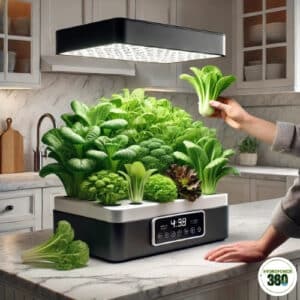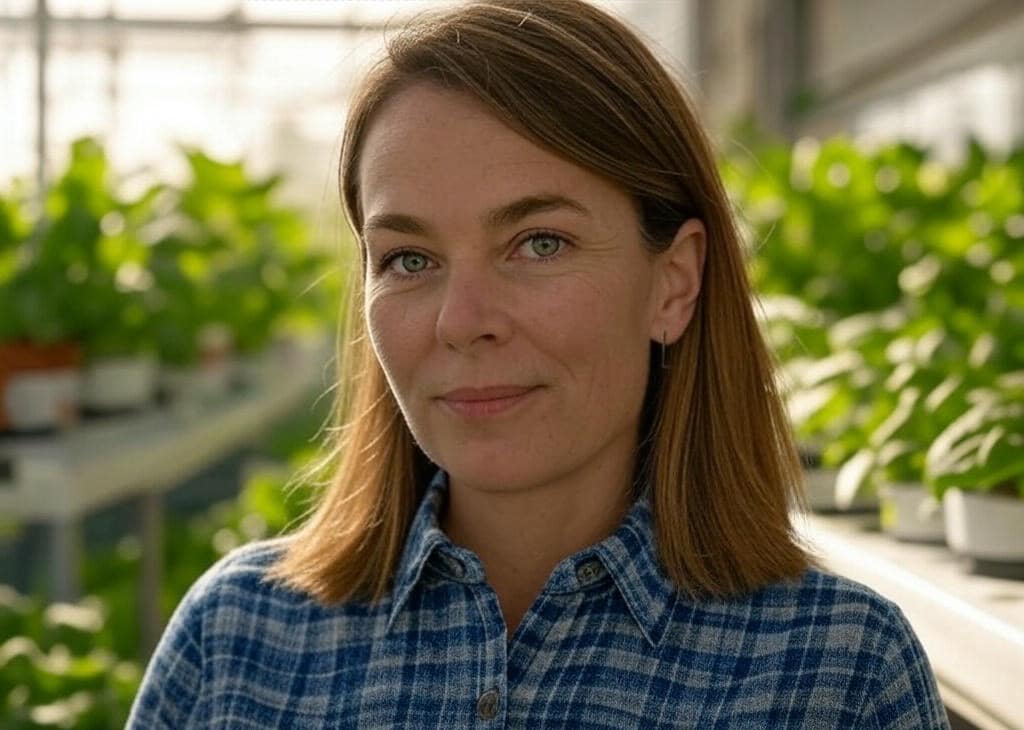The Future Is Hydroponic Indoor Home Gardening
Table Of Content
Hydroponics is an indoor, soil-free gardening approach in which nutrient-rich water is delivered directly to the roots. By operating within a controlled environment, hydroponic indoor let growers precisely manage elements like light, temperature, oxygen, and nutrient levels. This method maximizes plant growth efficiency by prioritizing water and nutrients, all while reducing common problems associated with soil-based gardening, such as pests and inconsistent growing conditions.

Advantages of Indoor Hydroponics
Indoor hydroponics has a number of advantages in every aspect, to you and the environment, including:
Maximizing Your Space: Tiny systems allow high density for plants; hence, it is ideal for small spaces.
Growing Green While Saving Blue: Indoor hydroponics save way more water than conventional methods, and it’s in a closed loop. Not depending on weather and growing in climate-controlled environments enables plants to grow.
Unleashing Hydroponic Potential: Targeted nutrition increases growth and harvest.
Healthy Roots, Happy Plants: The elimination of soil use reduces a great number of pests and diseases, thus enabling plants to be much healthier.
Selection of Plants for Indoor Hydroponics
While selecting plants for your indoor hydroponic, consider your personal preferences, your cooking habits, and space. If you’re new to hydroponics, start with fast-growing leafy greens like lettuce, spinach, or kale. These plants will be great if you enjoy eating salads! For fresh, homegrown flavor in your meals, herbs such as basil, mint, and parsley are perfect and adapt well to indoor environments.
If you’re looking for a more rewarding challenge, try fruit-bearing varieties like tomatoes, peppers, or cucumbers; just remember they’ll need plenty of light and a bit more attention. And don’t forget microgreens since they are fast-growing, filled with nutrients, and will surely fit into small spaces. Whatever you decide, take into consideration all of the space requirements like; light, and the growth cycle of each plant to make sure you build a healthy hydroponic garden that will suit your life.
How to Build an Indoor Hydroponic Garden
Starting indoor hydroponics is easier if you go step by step. First, choose a location with easy temperature and humidity control. Spare rooms, basements, or dedicated grow tents work quite well. Once you have decided on a spot, be certain to check your water quality. Balancing pH and keeping an eye on dissolved solids helps create an ideal environment for your plants.
You’ll also want to establish a lighting schedule that mimics natural daylight hours; adjust it as your plants grow to keep them thriving. Finally, keep an eye on your nutrient solution. Properly mixing and regularly maintaining your reservoir ensures your plants get exactly what they need. With these key steps in place, you’ll have a solid foundation for a productive and enjoyable indoor hydroponic garden.
Hydroponic Maintenance & Quick Fixes in Indoors
I soon found starting hydroponic indoors means constant attention to keep everything correctly running. Day in and day out, its pH and EC levels are checked, tweaked a little here, a little there, just so my plants sit within their perfect range. One also inspects the roots for any signs of rot or deficiencies in nutrients; finding those problems early saves trouble later on.
Another important thing I learned is to be ahead of the pack with the typical indoor challenges that include algae growth and pests. This includes routine sanitizing of my reservoir, pumps, and tubing as part of my hygiene procedure to prevent contamination and blockages.
I also keep records of the changing conditions of the nutrients, growth progress, and all other general environmental conditions in order for me to have a balanced garden and identify problems before they escalate. By incorporating these activities into my routine, I have been able to observe my indoor hydroponic that performs in ways I never thought it would.
FAQs
What kind of lighting does my indoor hydroponic need?
That being said, LED grow lights are highly recommended due to their efficiency while providing a full spectrum of light that plants use in photosynthesis. You could also consider either fluorescent or HID lights, depending on your preference.
How can I control the temperature and humidity of my indoor hydroponic?
This would be about 65°F to 75°F or 18°C to 24°C during the day and slightly cooler at night. Check on the humidity using a hygrometer and apply either a humidifier or a dehumidifier, if necessary, in order to keep it below or at 40-60%.
How much space will I need for an indoor hydroponic garden?
This will require more or less space depending on the system and the plants you would want to use. While small systems can fit in a very small space, others require more area, like under a stair storage closet or even an extra room.
Table Of Content
